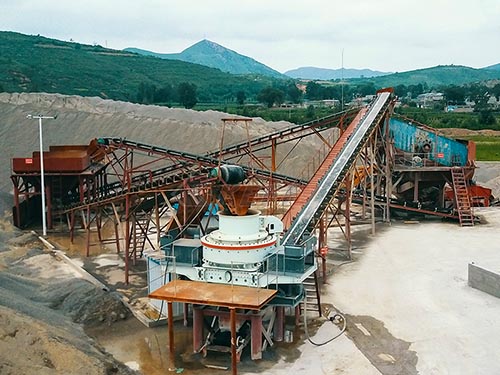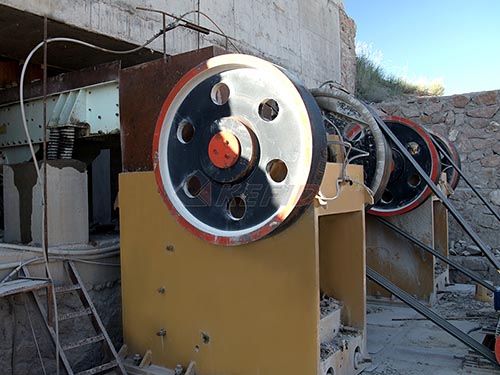Mastering Crusher Efficiency: Understanding and Reducing Fuel Consumption Per Ton
In the demanding world of aggregate production and mining, operational efficiency isn’t just desirable – it’s essential for profitability and sustainability. Among the critical metrics tracked by savvy operators is Crusher Fuel Consumption Per Ton. This seemingly simple figure holds immense power, directly impacting your bottom line and environmental footprint. Moving beyond basic awareness to actively managing this metric can unlock significant competitive advantages.
Why Fuel Consumption Per Ton Matters
Fuel represents one of the largest variable costs in crushing operations. Measuring consumption per ton of processed material provides a standardized benchmark far more meaningful than total fuel used alone:
1. Cost Control: Directly links energy expenditure to output volume, enabling precise cost-per-ton calculations.
2. Performance Benchmarking: Allows fair comparison between different crushers (even different types), shifts, sites, or contractors performing similar tasks.
3. Efficiency Monitoring: Tracks how effectively your equipment converts fuel into productive work over time.
4. Sustainability Reporting: Quantifies carbon emissions per unit of production (CO2/ton), crucial for environmental compliance and reporting.
5. Investment Justification: Provides concrete data to evaluate the potential return on investment (ROI) for efficiency upgrades or new equipment purchases.
Calculating Crusher Fuel Consumption Per Ton
The formula is straightforward:
`Fuel Consumption Per Ton = Total Fuel Used During Crushing Period / Total Tons Crushed During Same Period`
Total Fuel Used: Measured accurately from refueling logs or telematics systems tracking machine consumption.
Total Tons Crushed: Derived from belt scales, load counts from haul trucks feeding/serving the crusher, or stockpile surveys.
Factors Influencing Fuel Efficiency

Understanding what drives fuel consumption per ton is vital for effective management:
1. Material Characteristics:
Hardness & Abrasiveness: Harder rocks require more energy to fracture significantly increasing fuel burn per ton processed.
Feed Size Distribution: Oversized feed forces the crusher to work harder; consistently feeding within optimal size specifications improves efficiency.
Moisture Content: Sticky material can cause packing/choking issues requiring more power cycles and potentially reducing throughput.
Cleanness & Fines Content: Excessive fines can cushion crushing action reducing effectiveness; contaminants like clay increase wear and processing difficulty.

2. Crusher Type & Settings:

Leave a Reply